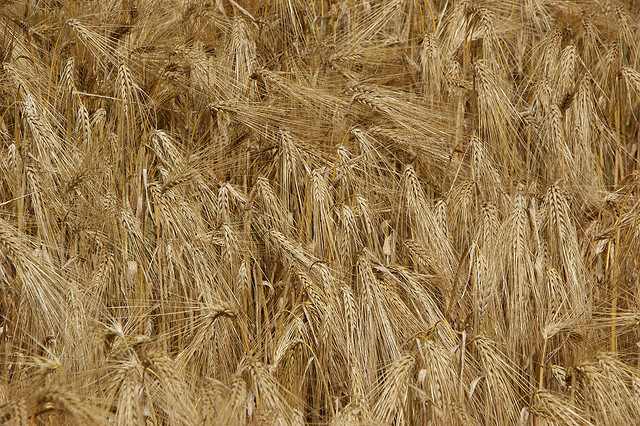Corn, soybean and wheat prices fell sharply during the second quarter of 2014 as American farmers planted more acres and yield prospects now hold great promise after near-perfect weather over the past few months. Corn prices are now at the same levels as August 2010, shortly after a severe drought hit Russia and large parts of Eastern Europe. Wheat prices are also back to levels of the summer of 2010, although slightly lower prices in January 2014 could be seen, before concerns around South American production drove the market higher.
According to the last Commodity & Resources Indicator by Investec, Mother Nature has assisted with favorable climatic conditions before, during and after plantings, which are expected to result in record yields. Although spring arrived relatively late and therefore shortened the window for pre-planting nutrient application, US Corn Belt farmers have acquired a lot of high speed machinery over the past five years which means faster and more efficient fertilization and pesticide programs.
All in all, we have seen near-perfect weather conditions that could mean record yields. However, the key pollination period is still ahead of us. On the current 14 day forecast, we should have enough daytime heat to support plant growth and enough night-time ‘coolness’ to ensure pollination. Investec believes that US yields per acre of corn harvested can rise surpassing the last record set in 2009.
If achieved, this will be a testimony of the very good climatic growing conditions but also of the technological advances. In this sense, the US is far ahead of the rest of the world and their lead is increasing. The informational advantage that will come with the analysis of ‘Big Data’ in their industry could be significant. Weather, soil and inputs data canbe combined to build yield optimization tools. During the growing season, information about the condition of the crop obtained from pictures and plant samples, gathered by drones, will be used to do corrective pesticide and fertilizer application. This will help farmers to achieve the full potential of the crop on a more regular and consistent basis.
Over the coming months, if things go according to plan and we see the large US grain and oilseed crop harvested in the autumn, the world should be well supplied with key food commodities such as corn, wheat and soybeans. Investec highlights several industries and regions that will benefit from this situation:
- Storage will be full and owners of infrastructure assets in the supply chain should be very profitable. Premium pricing should be possible for traders who have silo and port capacity once the glut of product is distributed to domestic and international markets.
- In addition, industries that use these commodities as inputs in their production such as the feed industry, animal protein producers, food ingredients and ethanol, should experience a tailwind from reduced costs.
- Countries that import grains and oilseeds in regions such as the Far East, the Middle East and North Africa, will benefit from these lower prices. They may look to use the opportunity to replenish their inventory levels, in which case overall demand may be stronger than currently estimated for the next 12 months.
You may access the complete report through this link.

